
This integrated system combines battery charge/discharge testing with environmental chamber capabilities, enabling performance testing under various temperature conditions.
· Compact Integration: Combines charge/discharge modules with environmental simulation (constant/variable temperature) to reduce footprint.
· Versatile Testing: Supports constant current/voltage charge/discharge, capacity analysis, cycle life testing, DCIR detection, and more.
· Unified Operation: Compatible with BTS upper-computer control for seamless operation across multiple devices.
· Multi-Zone Temperature Control: Independent temperature control for multiple zones to meet complex testing needs.
· Flexible Ranges: Customizable voltage/current ranges for applications in materials research, 3C batteries, EV batteries, and beyond.
Via BTS software, they combine temperature control with battery performance testing efficiently.
· Conducts charge/discharge and temp cycle tests for accuracy.
· Centralized data management generates comprehensive reports for R&D and production.
· Graphical workflow designs handle complex scenarios like cyclic and pulse testing, plus real-world simulations.
· Multi - dimensional data analysis (cycle count, temp, SOC) with custom report templates.

Integrating charge-discharge and temperature testing into one.
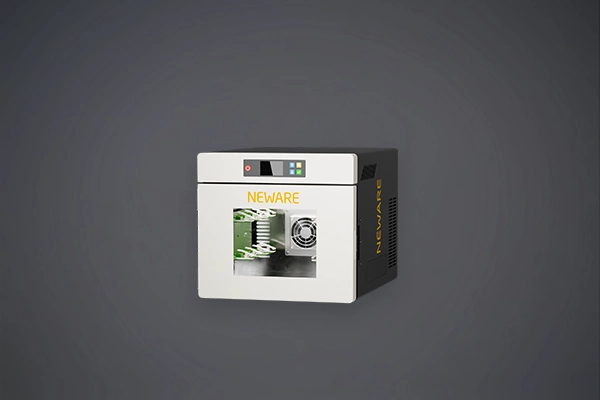
● Voltage & Current Accuracy:±0.05% F.S.
● Sampling Time:100ms
● Number of Channels:16CH
● Temperature Range & Deviation:32℉ ~ 140℉±3.6℉(15℃ ~ 60℃±2.0℃)
● Heating Efficiency:77℉ ~ 140℉≤50min(25℃ ~ 60℃)
● Cooling Efficiency:77℉ ~ 59℉≤60min(25℃~15 ℃)
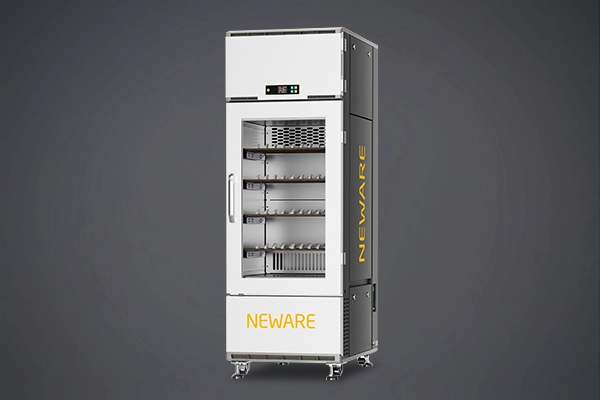
● Voltage & Current Accuracy:±0.01% F.S.
● Recording Frequency:100Hz
● Number of Channels:160CH
● Temperature Range & Deviation:32℉ ~ 140℉±3.6℉(0℃ ~ 60℃±2.0℃)
● Heating Efficiency:77℉ ~ 140℉ ≤30min(25℃ ~ 60℃)
● Cooling Efficiency:77℉ ~ 32℉≤50min(25℃~0 ℃)
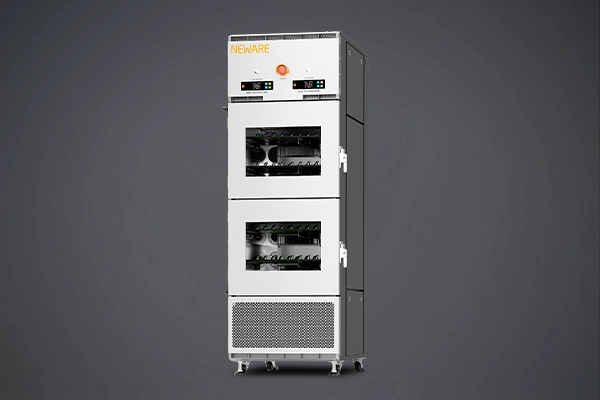
● Voltage & Current Accuracy:±0.05% F.S.
● Recording Frequency:10Hz
● Number of Channels:160CH
● Temperature Range & Deviation:32℉ ~ 140℉±3.6℉(0℃ ~ 60℃±2.0℃)
● Heating Efficiency:77℉ ~ 140℉ ≤30min(25℃ ~ 60℃)
● Cooling Efficiency:77℉ ~ 32℉≤50min(25℃~0 ℃)
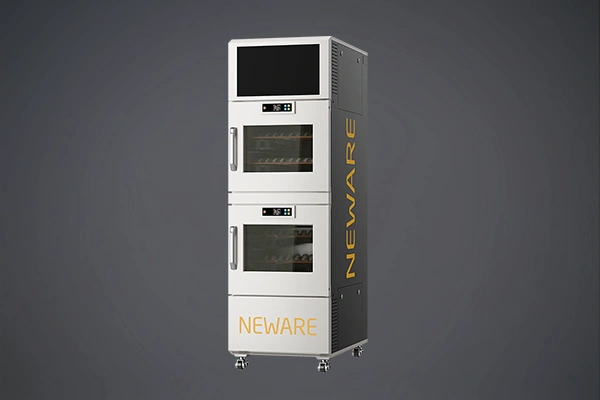
● Current & Voltage Accuracy: ±0.05%
● Recording Frequency: 10Hz
● Current Response Time: ≤1ms
● Temperature Range: 32°F-140°F (0℃-60℃)
● Heating Time: 77°F→140°F ≤30min (25℃→60℃ ≤30min)
● Cooling Time: 77°F→32°F ≤50min (25℃→0℃ ≤50min)
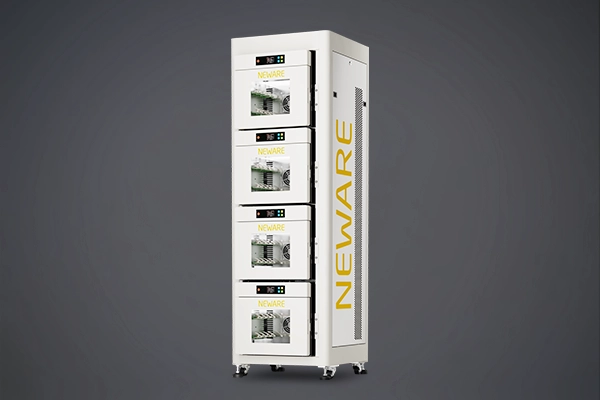
● Voltage & Current Accuracy:±0.05% F.S.
● Sampling Time:100ms
● Number of Channels:64CH
● Temperature Range & Deviation:59℉ ~ 140℉±3.6℉(15℃ ~ 60℃±2.0℃)
● Heating Efficiency:77℉ ~ 140℉≤50min(25℃ ~ 60℃)
● Cooling Efficiency:77℉ ~ 59℉≤60min(25℃~15 ℃)

● Voltage & Current Accuracy:±0.05% F.S.
● Recording Frequency:100Hz
● Number of Channels:80CH
● Temperature Range & Deviation:50℉ ~ 185℉±3.6℉(10℃ ~ 85℃±2.0℃)
● Heating Efficiency:77℉ ~ 185℉ ≤40min(25℃ ~ 85℃)
● Cooling Efficiency:77℉ ~ 50℉≤40min(25℃~10 ℃)
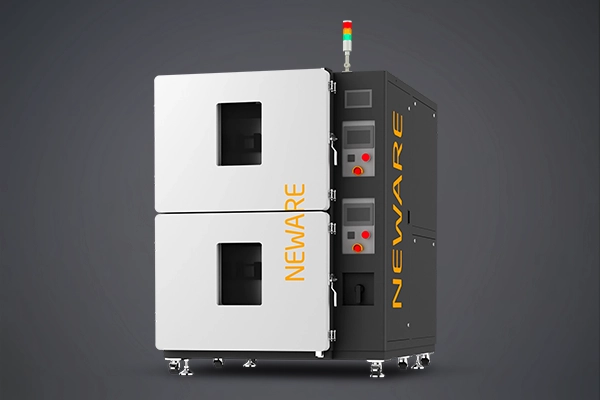
● Voltage & Current Accuracy:±0.05% F.S.
● Recording Frequency:100Hz
● Temperature Fluctuation:≤1.8℉(1℃)
● Temperature Range & Deviation:-40℉ ~ 302℉±3.6℉(-40℃ ~ 150℃±2.0℃)
● Heating Efficiency:68℉ ~ 302℉ ≤60min(20℃ ~ 150℃)
● Cooling Efficiency:68℉ ~ -40℉≤60min(20℃~-40℃)

● Voltage & Current Accuracy:±0.05% F.S.
● Recording Frequency:10Hz
● Temperature Range & Deviation:-40℉ ~ 302℉±3.6℉(-40℃ ~ 150℃±2.0℃)
● Temperature Fluctuation:±0.9℉(±0.5℃)
● Heating Efficiency:68℉ → 302℉ ≤40min(20℃ → 150℃)
● Cooling Efficiency:68℉ → -40℉≤60min(20℃→-40℃)
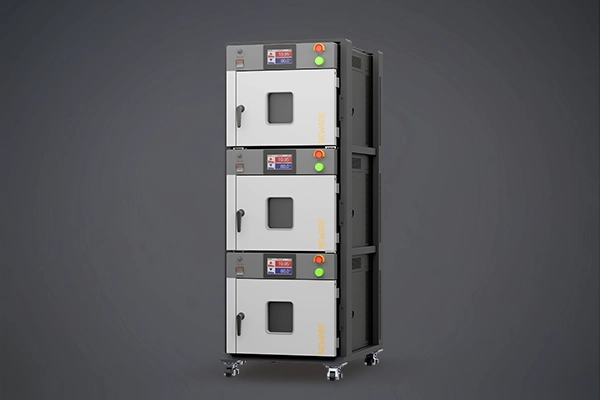
● Voltage & Current Accuracy:±0.05% F.S.
● Recording Frequency:10Hz
● Temperature Range & Deviation:-40℉ ~ 212℉±3.6℉(-40℃ ~ 100℃±2.0℃)
● Temperature Fluctuation:±0.9℉(±0.5℃)
● Heating Efficiency:68℉ → 212℉ ≤40min(20℃ → 100℃)
● Cooling Efficiency:68℉ → -40℉≤60min(20℃→-40℃)
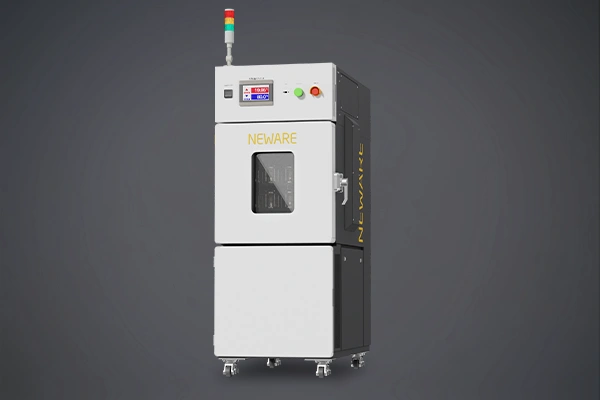
● Current & Voltage Accuracy: ±0.05% F.S.
● Data Logging Frequency: 10Hz
● Temperature Range & Deviation: -70℃~150℃ ±2℃
● Temperature Fluctuation: ≤0.5℃
● Heating Time: 20℃ → 150℃ ≤60min
● Cooling Time: 20℃ → -70℃ ≤75min
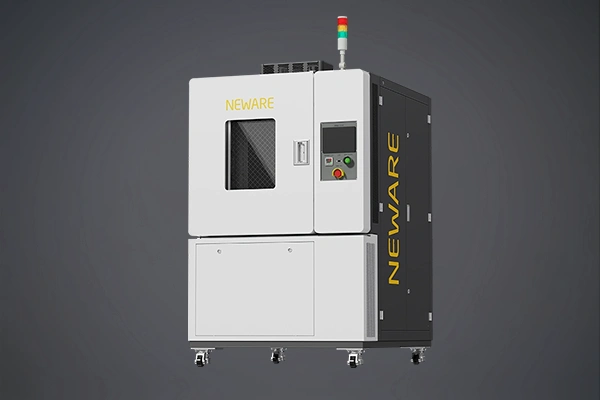
● Current & Voltage Accuracy: ±0.05% F.S.
● Data Logging Frequency: 10Hz
● Temperature Range & Deviation: -40°F~302°F±3.6℉ (-40℃~150℃±2℃)
● Temperature Fluctuation: ≤0.9℉(0.5℃)
● Heating Time: 68°F→302°F ≤60min (20℃→150℃≤60min)
● Cooling Time: 68°F→-40°F ≤60min (20℃→-70℃≤60min)
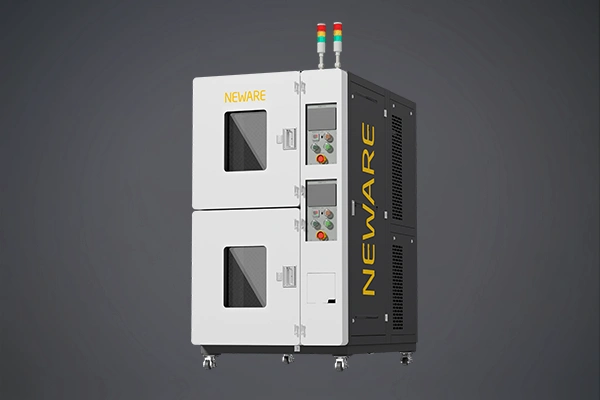
● Current & Voltage Accuracy: ±0.05% F.S.
● Data Logging Frequency: 10Hz
● Temperature Range & Deviation: -40°F~302°F±3.6℉ (-40℃~150℃±2℃)
● Temperature Fluctuation: ≤0.9℉(0.5℃)
● Heating Time: 68°F→302°F ≤60min (20℃→150℃≤60min)
● Cooling Time: 68°F→-40°F ≤60min (20℃→-40℃≤60min)

● Current & Voltage Accuracy: ±0.05% F.S.
● Data Logging Frequency: 10Hz
● Temperature Range & Deviation: -40°F~302°F±3.6℉ (-40℃~150℃±2℃)
● Temperature Fluctuation: ≤0.9℉(0.5℃)
● Heating Time: 68°F→302°F ≤60min (20℃→150℃≤60min)
● Cooling Time: 68°F→-40°F ≤60min (20℃→-40℃≤60min)
Offers a stable temperature and humidity environment for accurate battery performance and life testing.
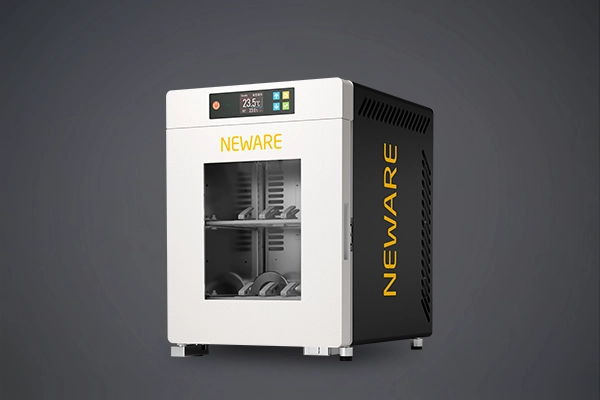
● Temperature Range :59℉~140℉(15℃~60℃ )
● Number of Channels:16CH
● Temperature Fluctuation:≤1.8℉(1℃)(No load and stable temperature)
● Cooling Efficiency:77℉ ~ 59℉≤60min(25℃~15 ℃)
● Heating Efficiency:77℉ ~ 140℉≤50min(25℃~60 ℃)
● Temperature Deviation:±3.6℉(±2.0℃)(No load and stable temperature)

● Temperature Range :32℉~140℉(0℃~60℃)
● Ambient Air Temperature :41℉~86℉(5℃~30℃)
● Temperature Fluctuation:≤1.8℉(1℃)(No load and stable temperature)
● Cooling Efficiency:≤40MINS(77℉→32℉)(25℃→0℃)
● Heating Efficiency:≤30MINS(77℉→140℉)(0℃→60℃)
● Temperature Deviation:±3.6℉(±2.0℃)(No load and stable temperature)
Simulates extreme temperature variations to test battery performance and endurance under different conditions.
Prevents explosions caused by battery overheating, short circuits, or thermal runaway during testing, ensuring safety.
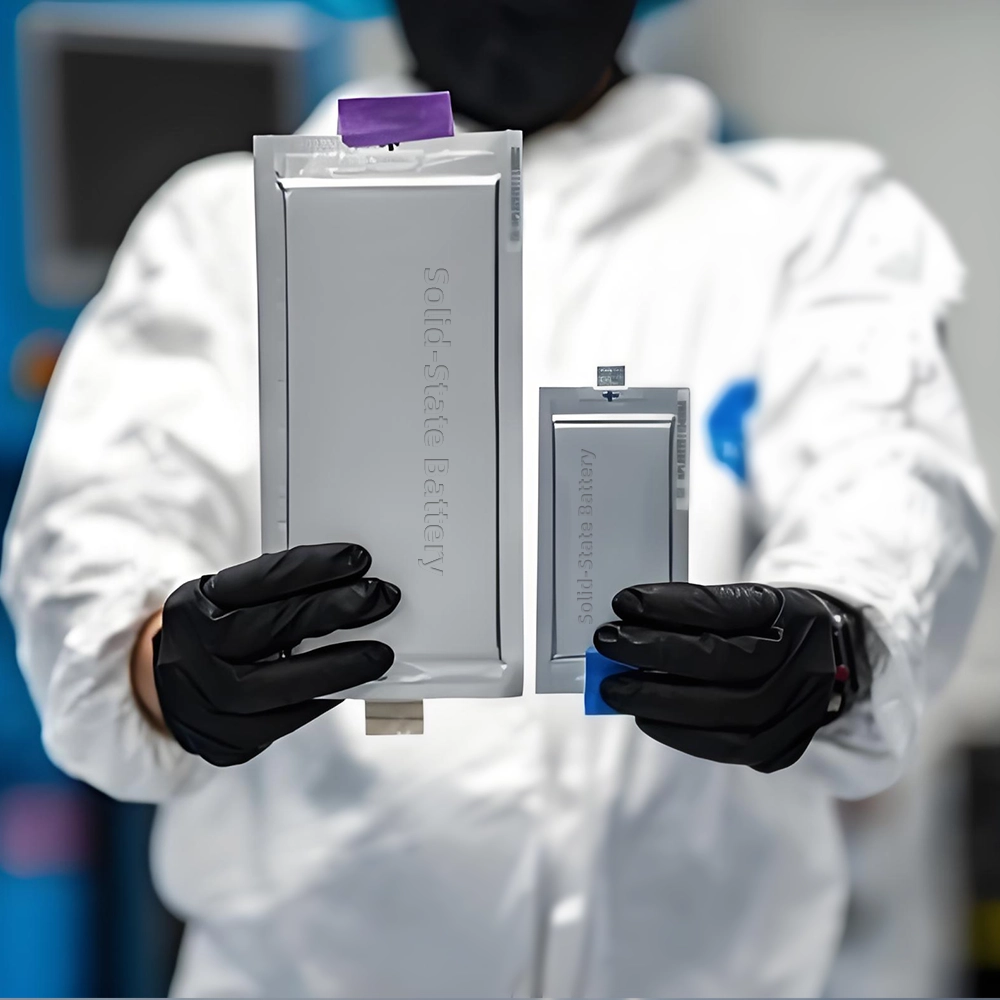
The lab focuses on solid-state battery research to overcome traditional lithium batteries' safety and energy density issues, supporting environmental sustainability. It develops innovative solid-state electrolytes, refines electrode materials, and investigates ion transfer and interface stability to revolutionize battery technology.

With the widespread use and increased frequency of cell phones, the endurance, safety, and lifespan of mobile phone batteries have become a focus of concern for both users and manufacturers. Cell phone batteries primarily use lithium-ion battery technology, but there are issues and challenges that drive the need for charge and discharge equipment to test cell phone batteries.
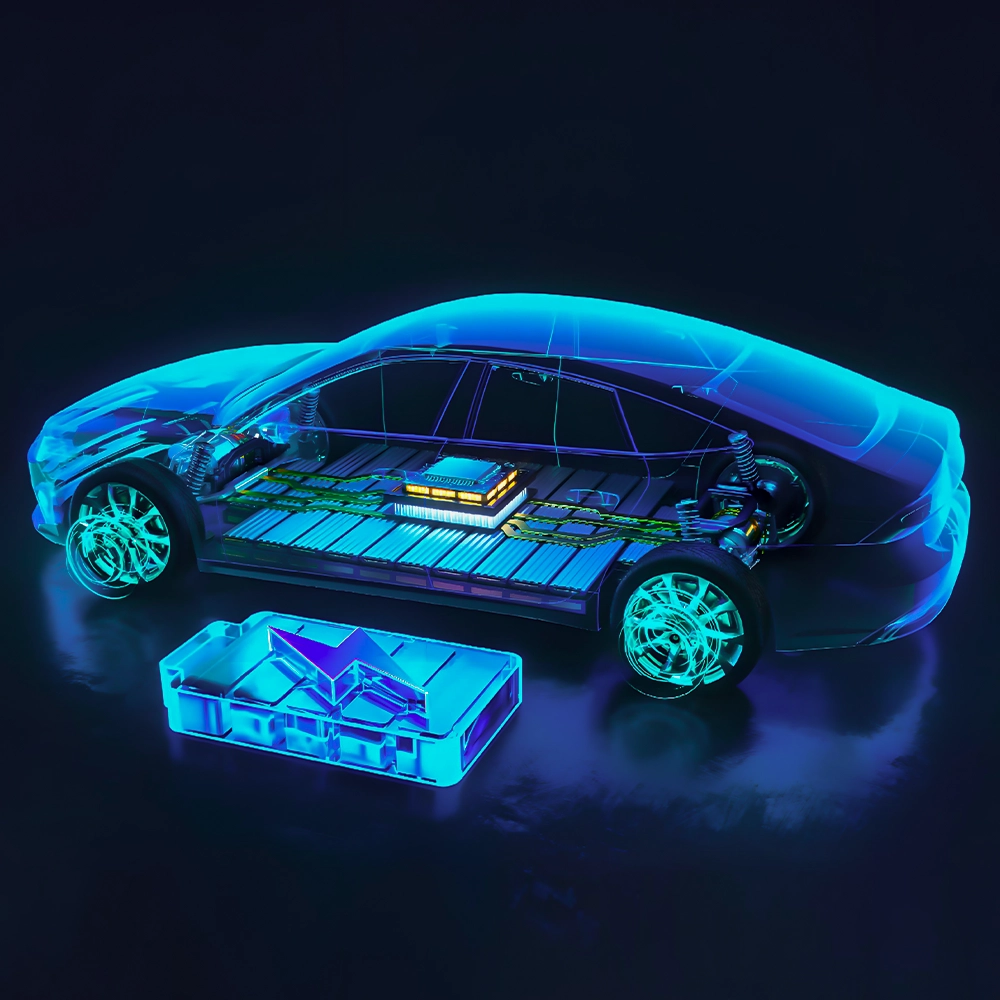
The electric vehicle battery industry is rapidly developing, focusing on technological innovation, market competition, and sustainability. Research hotspots include solid-state batteries, new types of electrolytes, BMS optimization, and recycling technologies. The environmental adaptability, safety, and economic viability of batteries are key research areas, and the industry is expected to undergo more innovation and transformation.
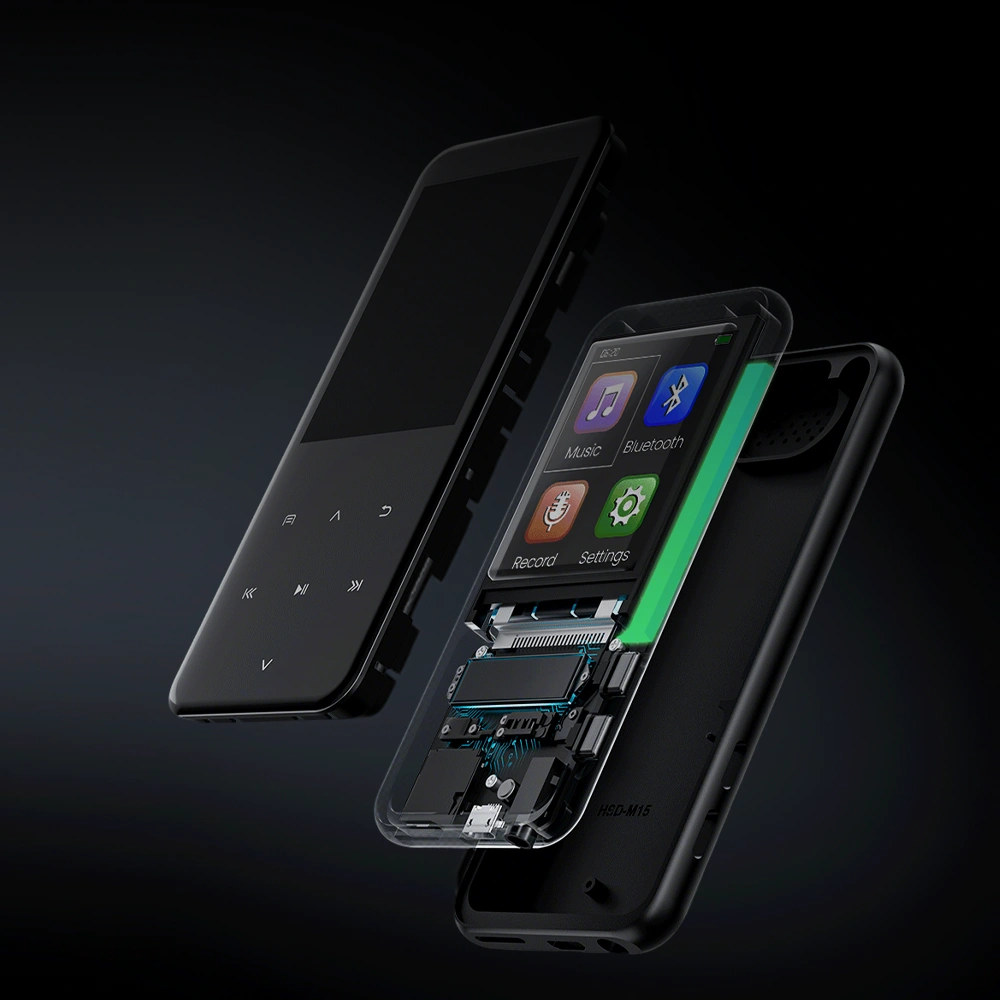
The voice recorder industry is progressing towards longer endurance, lighter weight, and enhanced intelligence. Next-gen voice recorders will incorporate high-energy-density batteries, smart BMS integration, and novel energy solutions like solid-state batteries, enabling fast charging and ultra-long recording endurance.
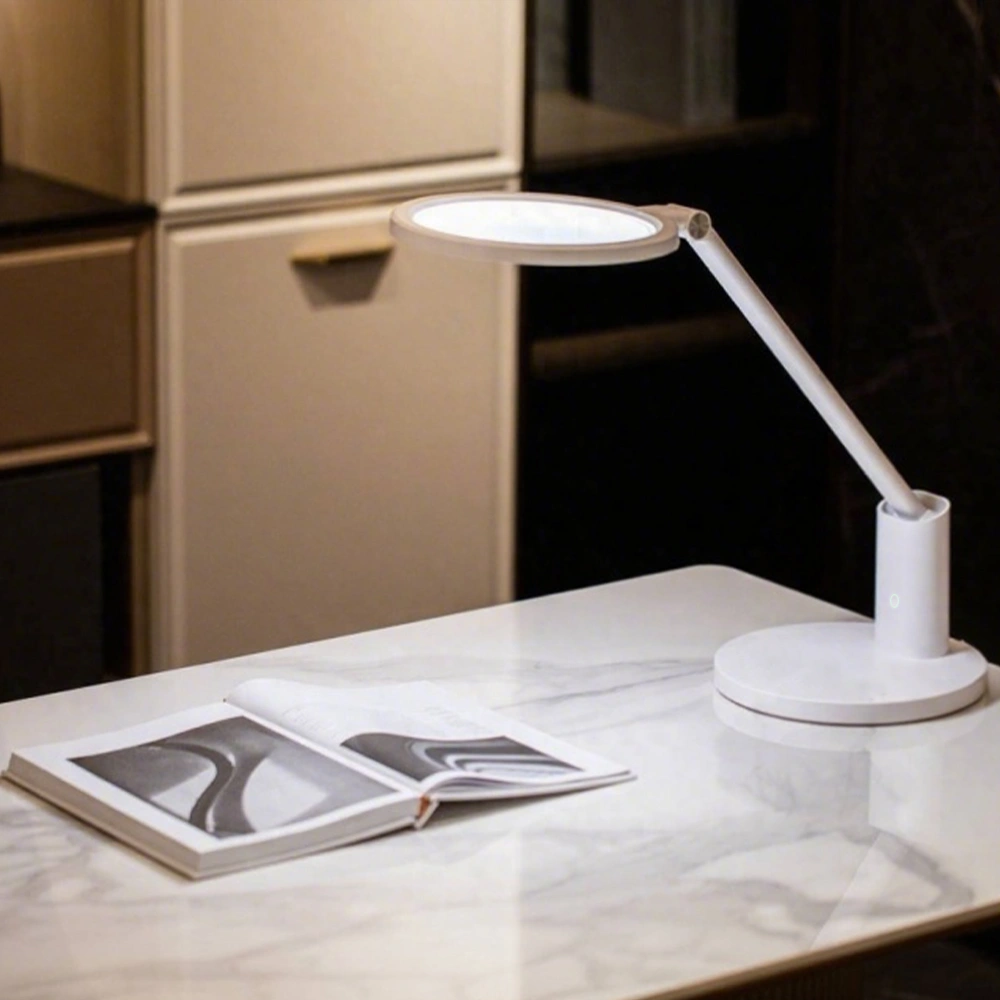
The desk lamp industry is accelerating towards intelligentization and low-power consumption, with battery technology becoming a critical innovation driver. High energy density and long-cycle-life battery technologies provide enduring power support for smart lamps while promoting wireless and portable design advancements.
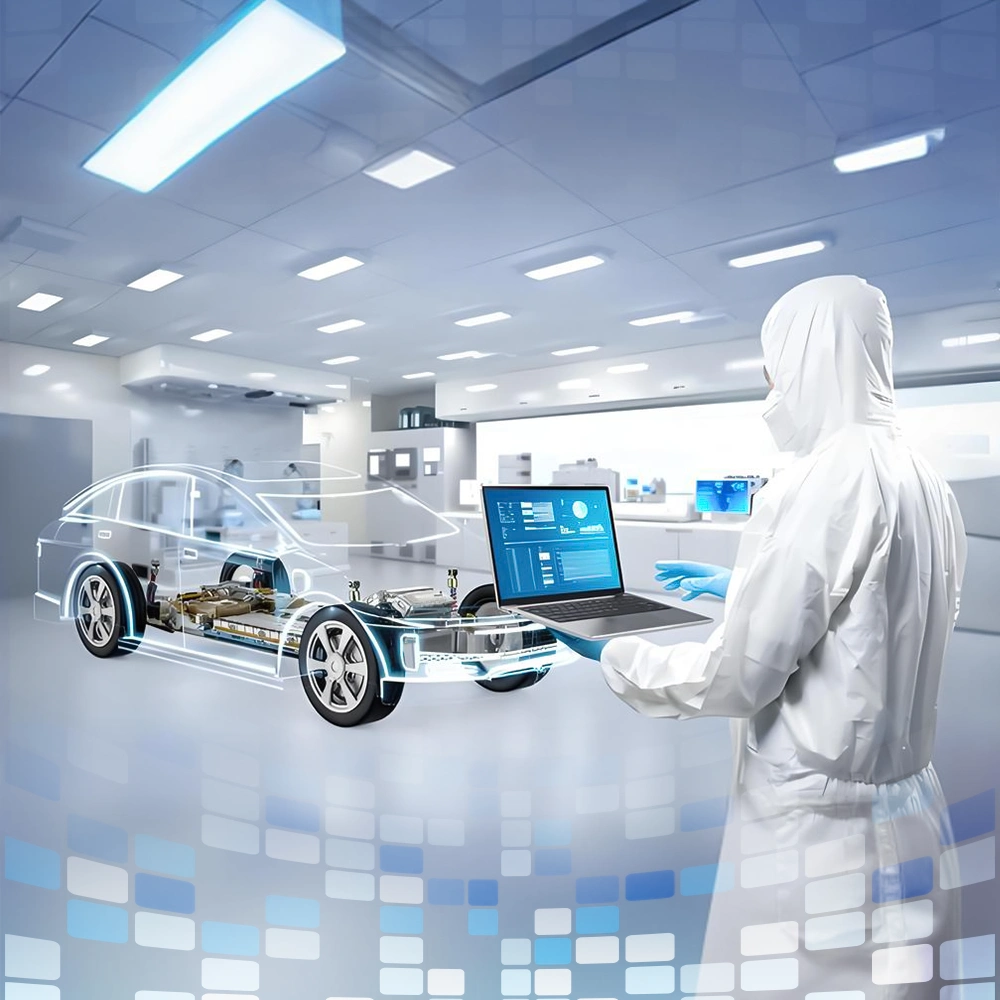
Power battery technology faces multiple challenges, including enhancing energy density, enabling fast charging, ensuring safety, and improving cost-effectiveness. Laboratory research focuses on addressing these issues in EV power batteries. Researchers explore advanced materials, intelligent management, and green recycling technologies to improve battery performance and ensure safety. These efforts promote environmental sustainability and aid the global energy transition.